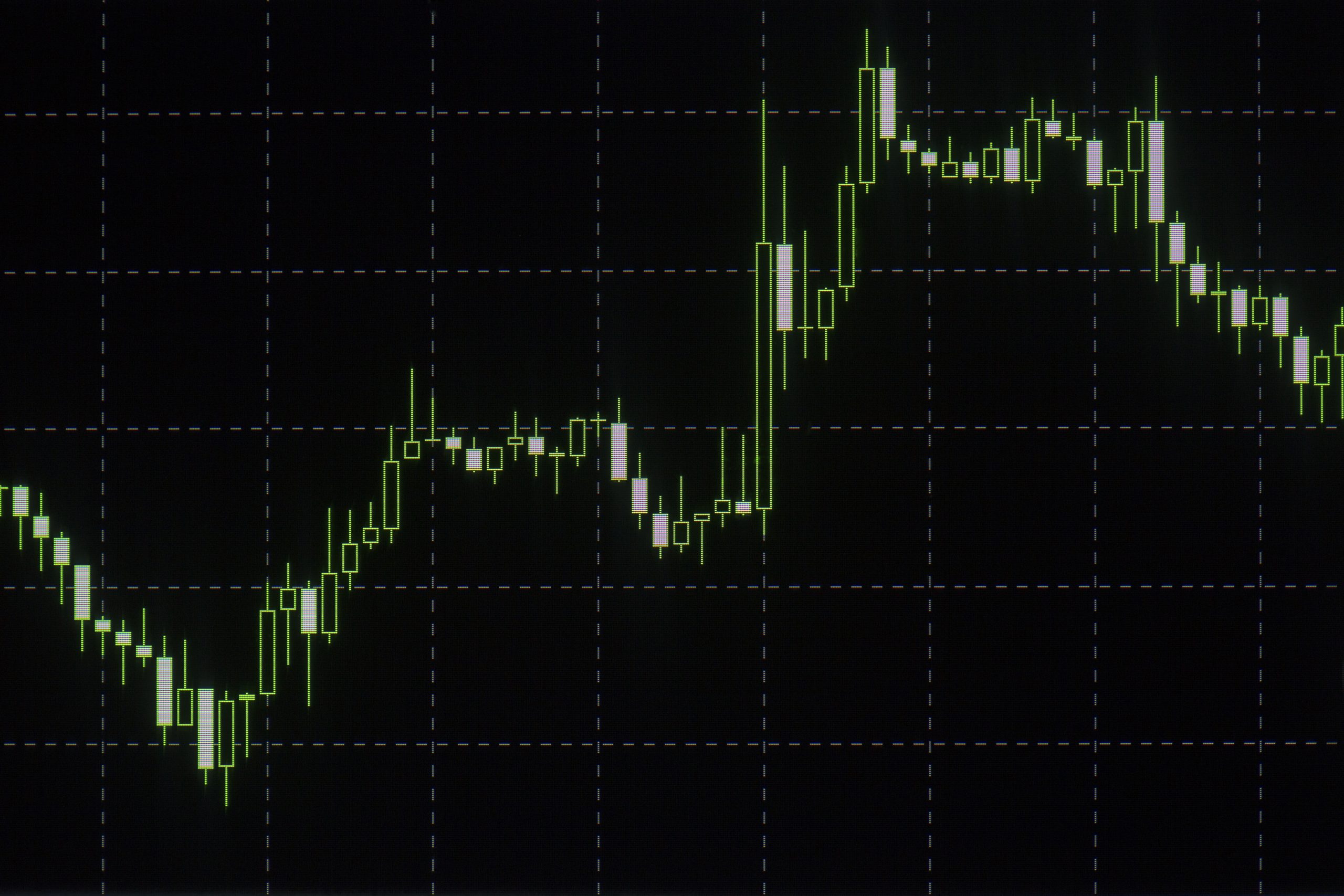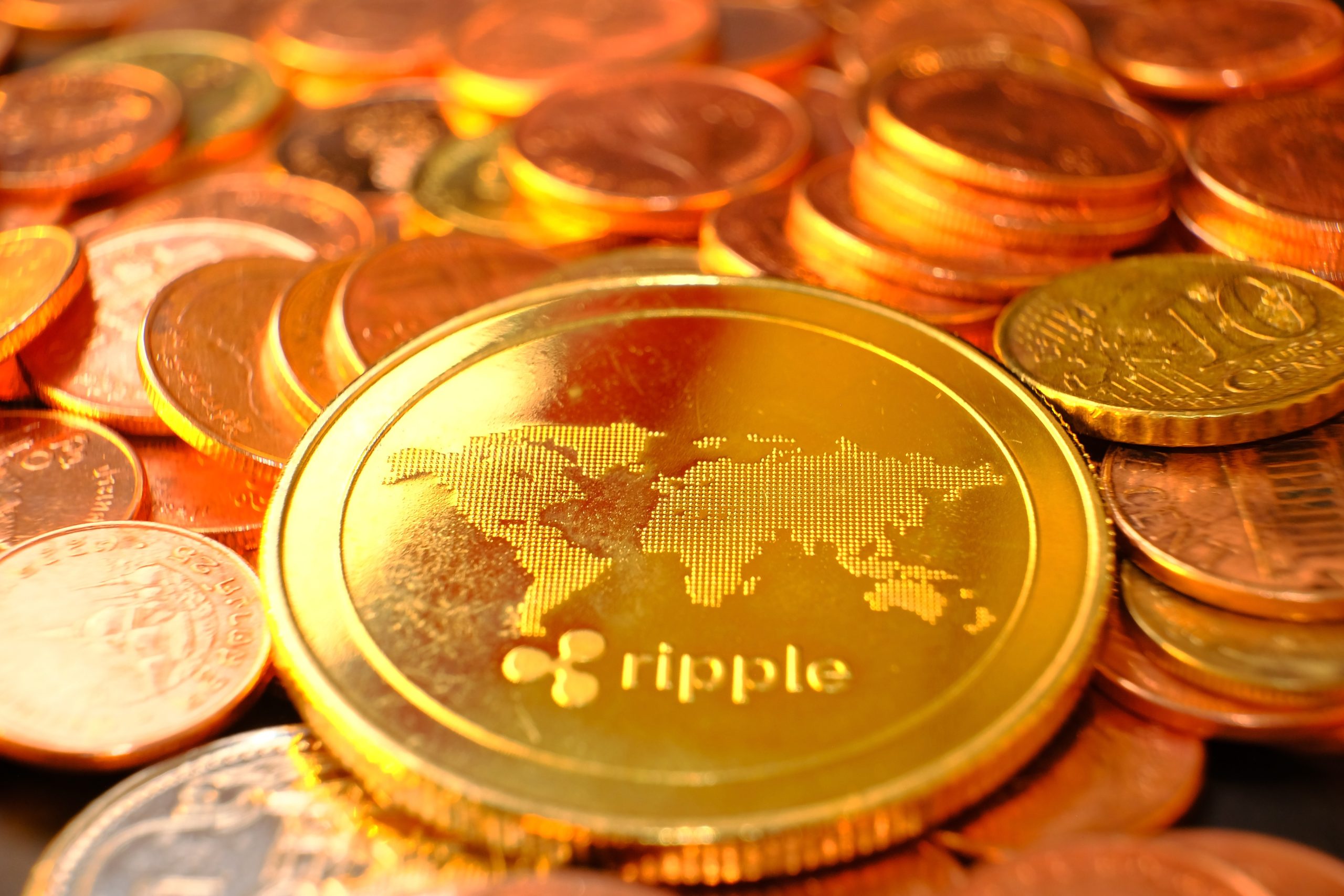What is Tether (USDT)?
USDT is a stable digital coin which aims at keeping dollar value. Tether is one of the best foreign exchange trading software for most of the stablecoins – currency systems based on the technology of the Blockchain, and is tied up with fiat currencies. It seeks to provide a financial asset whose worth is less volatile than the likes of Bitcoin. This is the reason why the US dollar is USDT, so for every 1 dollar, there is 1 tether no matter how the economy behaves.
Tether must compete with other stablecoins such as the USDC which is also backed by the US dollar. As for the firm, Tether is currently issuing four different stablecoins to which the company links its internal markets: USDT – USDT (US dollar) Eurt – Eurt (Euro) Cnht – Cnht (Chinese renminbi) Mxnt – Mxnt (Mexican pesos) Tether Price maximum Historical maximum of the price Tether reached.
What is Tether?
First launched in 2014, Tether’s trading volume ranking places it among the most prominent stablecoins. Meridian, unlike various cryptocurrencies like Bitcoin which ride on wild ups and downs, Tether maintains its monetary value by being derived from the US dollar. Such pegging is expected to reduce the high swing prices that characterize other coins held electronically.
Tether was created to ensure a cross-platform digital token acceptability. It was the first stable coin that eventually came to provide stable coins related to the U. S. dollar (USDT), Euro (EURT), Chinese Renminbi (CNHT), Mexican Pezoso (MXNT), and even gold (XAUT). It enhances the cross border payments system as there is no need to worry about exchange loss when making international transactions since the exchange rate is constant.
What’s A Tether Token?
Tether tokens in total are stablecoin assets that have an interchangeable value with the respective currencies at a ratio of 1:1. This approach aims to minimize volatility, and on Tether’s part, provides better and more risk-free currency for individual traders and businesses such as crypto exchanges, wallets, and payment processors exchanging value across markets. Numerous online platforms also allow the transactions, but Tether tokens are required for these transactions.
These tokens are sharable with many of the popular blockchains,overeign “lite” paper blockchain” – including Angles, Aquaload, Bitcoin Cash off the Simple Ledger Protocol (SLP), Ether, EOS, Liquid networks, Omni montant, Polygon, Tezos, Tron and solana and statistic in Statemate. This is beneficial in that they have multi-chain capability, widening their market.
How are Tether tokens worked out?
A tether token has a parity value with the fiat currency at 1 to one aspect meaning each token represents 1 unit of that currency. Users are able to get Tether tokens in exchange for fiat coins only, as they pay in the given amount into Tether’s reserve backing an issue of USDT of an equal amount. The peg is maintained by the guarantee that the value of the reserves reflects all the Tether tokens issued to date.
Tether’s reserve web: the claim and controversy
Even while Tether’s position is that all of their tokens comprise 100 percent of fully bona fide reserves, consisting of real-world currencies and cash, the controversy surrounding the company’s reserve status emerged. The commercial practices of Tether have come under scrutiny from the authorities, especially because of the assertions that the tokens were fully dollar-backed. This has been as a result of the publication also of a so-called Transparency page which was not only an which recorded assets on a day to day basis but also gave out the breakdown of the institutions reserves which Tether has however continued to publish daily to record and outline progressive development in the Tether Corporation There has been however some level of skepticism on the same.
The price of USDT foreseeable to prevailing controversies has been most disturbances. On one such occasion, the price of USDT was observed to drop as low as 0.88USDT even though Tether’s objective was ensuring stability of the price and limiting the effects of external factors on the price.
Tether price history
Tether is still quite certain that its tokens will remain free from the price swings, characteristic of other coins, but it has not been so with USDT, which has faced a few price variations. It is essential to know that USDT is like any other cryptocurrency and thus caution should be exercised so as not to lose money since one can never be sure of how Tether will behave in the future.
The worth of Tether experienced its most drastic decline around mid-2017 when Tether had issues and the price dropped to a mere €0.80 in january 2018. USDT then started to make gradual recovery and reached 0.9 euro boots in the spring of 2020 before falling and stabling around the 0.8 euro zone in 2021. After that, the price went down where it has been closer to the aim price of 1 dollar.
How to use Tether?
Tether was most importantly intended to act as a currency but it can also act in the capacity of other value with the possibility of being spent even outside the blockchain. Partnering with the likes of Travala Tether enables users to buy airline tickets and book hotels using cryptocurrency. Tether on the other hand has also been used in several other businesses as a payment mode.
Kenyan’s tend to employ USDT most of the time in the place of bitcoin providing it mainly as a payment solution over the internet. It can even be kept as an asset for an investment enabling users to convert their funds in traditional currency into that of cryptocurrency.






